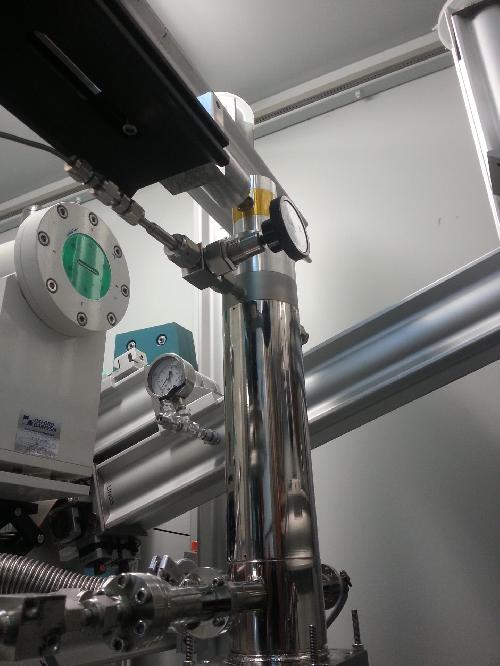Adsorption refers to the process by which molecules of a gas collect on the surface of a solid. Metal-organic frameworks are highly porous materials which are widely used for adsorptive applications such as in the reduction of pollutant emissions. The scientists from Dresden, Berlin and France have now succeeded in demonstrating that these materials can dynamically change their structures. During this change of structure, the scientists observed a so far unknown phenomenon: instead of absorbing the gas under pressure increase, the materials released the gas eruptively after reaching a certain threshold. This new phenomenon in the area of gas-solid interactions is therefore called Negative Gas Adsorption (NGA). Normally, materials respond to increased gas pressure by gathering molecules on the outer or inner surface and thus, the gas pressure is buffered and decreases with time. NGA materials can react towards pressure increase by releasing molecules. Hence, the pressure is further amplified. This counterintuitive phenomenon is triggered by solid state phase transitions. Similar to a volcano effect, a small trigger can cause a gas eruption out of this material. Gas pressure amplifying materials represent a new class of solids with potential applications in rescue systems, microengineering and separation applications.
 This is an in situ measurement setup for structural analysis at a synchrotron (Helmholtz Centre Berlin). Credit: TU Dresden, Prof. AC1
This is an in situ measurement setup for structural analysis at a synchrotron (Helmholtz Centre Berlin). Credit: TU Dresden, Prof. AC1
source: Technische Universität Dresden